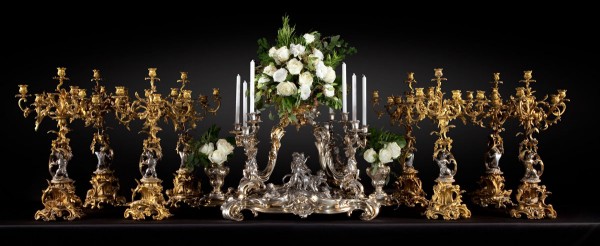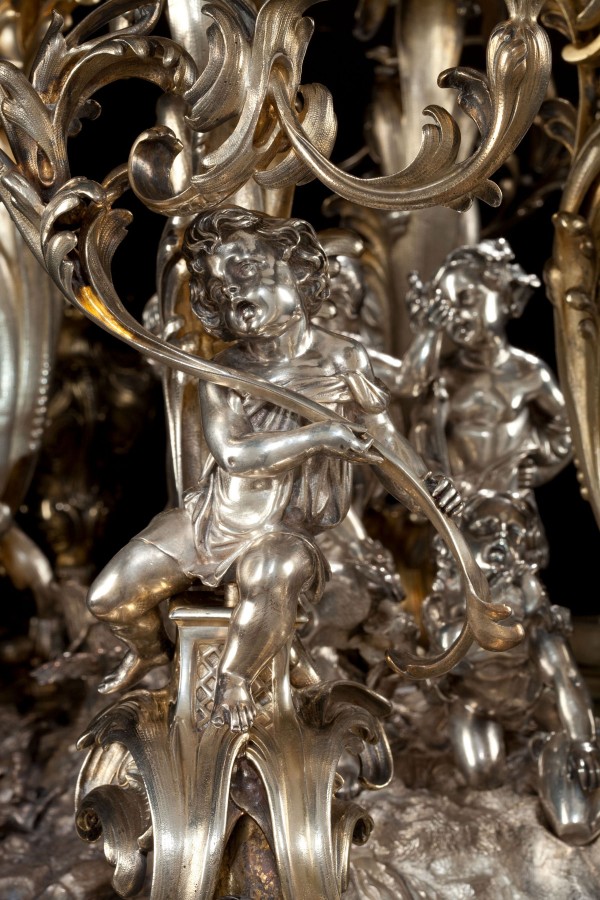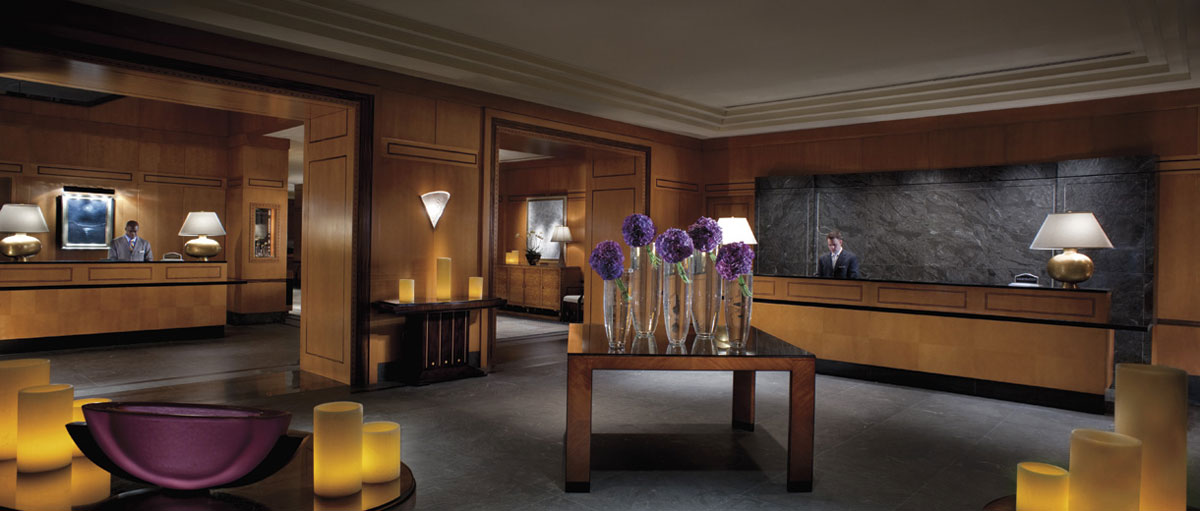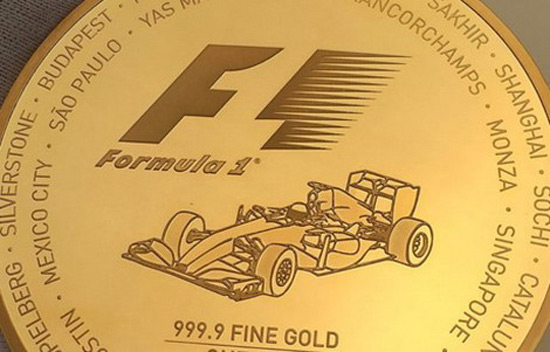When a magnificent, massive silver and gilt bronze Surtout de table, fashioned by famed French silversmith Jean-Valentin Morel (1794-1860) in 1851 for the Great Exhibition of the Works of Industry of All Nations in London, comes to auction on December 5 (estimate: over $300,000), it will mark the re-discovery of a true masterpiece of silver craftsmanship.
“Morel was obviously one of the greatest of his era and an artist of the highest caliber,” said Tim Rigdon, Director of Silver and Decorative Arts at Heritage, “but he was not the best of businessmen. His record is dotted with great work but also with failed partnerships and, ultimately, bankruptcy.”
Morel was highly regarded in mid-19th Century Paris, with significant commissions for Pope Gregory III, the Kings of Sardinia and the Netherlands, as well as the Duc de Luynes, employing up to 80 craftsmen. He made his living off the aristocracy and followed the exiled court of Louis-Philippe to London in 1848 in the wake of the Commune uprising (think Les Miserables).
In 1851, in advance expectation of the Great Exhibition of the Works of Industry of All Nations in London, housed in Joseph Paxton’s monumental Crystal Palace in Hyde Park (now the site of the Victoria & Albert Museum) — the event that kick-started the Industrial Revolution and remains today as a shining moment of cultural advance in the Western World — Morel and his workshop created the monumental center piece, “an epergne, designed a la mode Louis Quatorze.”
“It received widespread critical acclaim as well as the coveted Council Medal — the highest award possible,” said Rigdon. “This was recognized at the time, one of the great moments in design, art and technological history, as a pinnacle of achievement.”
Critical success, however, was not sufficient to sustain the large workshop in London. By 1852 financial difficulties once again plagued Morel and the workshop was closed. Unable to return to Paris, Morel established a workshop in the village of Sevres, north of Paris, with financial backing. Focusing more and more on lapidary works with gold and enamel mounts, acclaim again came Morel’s way when he received raves at the 1854 and 1855 international exhibitions. He again could count leading style-makers as his patrons, including Henry Thomas Hope and the Duc de Luynes.
Luck was not a friend of Morel’s, however, and his ill-fortune as a businessman quickly turned his newfound success, patrons and financial backing against him. Morel would struggle along a few more years before dying in 1860.
He would be all but lost to history if it weren’t for a few keys: First, that the Surtout de table went unsold during the 1851 exhibition; second, that certain of Morel’s design’s, molds and equipment were purchased in 1852 by R&S Garrard &Co., when he closed his London workshop and went back to France and, third, the Rigdon — recognizing the quality of the piece — undertook and exhaustive search to uncover it’s remarkable provenance.
“The centerpiece was not been traced through the Garrard ledgers,” said Rigdon, “but it’s not hard to imagine that it was part of the acquisition and went into the company inventory. From there, however, and for the next 140+ years, it’s a complete mystery as to what its’ journey was.”
What is known, simply, is that the piece literally receded into history. The name of the maker and the memory of his glory and art became as lost and tarnished as the piece itself became over the ensuing decades.
“What happened to it? Who cared for it? Who put it away in a warehouse and forgot about it, and why?” asked Rigdon. “These are all things we can likely never know, but the first recorded modern re-appearance of the Surtout since 1852 is in the former collection of A. Emmett Barnes III of Macon, GA, sold at public auction in 1994.”
The Surtout, blackened with time, had been united with four sets of gilt and silvered bronze seven-light candelabra, attributed at the time to the firm of R & S. Garrard & Co. It was listed as “Rococo,” purchased by a West Coast collector and, again, put into storage for almost two decades before being consigned to Heritage, where Rigdon’s remarkable detective work, encyclopedic knowledge and dead-on instincts soon revealed something much more valuable than a very nice piece of old silver.”
“As we polished it, discovering it was also gilt bronze underneath, and as we researched it and began to draw the clues together on the history,” said Rigdon, “we knew we had something special, extraordinary even. This is an important piece of Decorative Arts history snatched from the obdurate eye of ignominy.”













